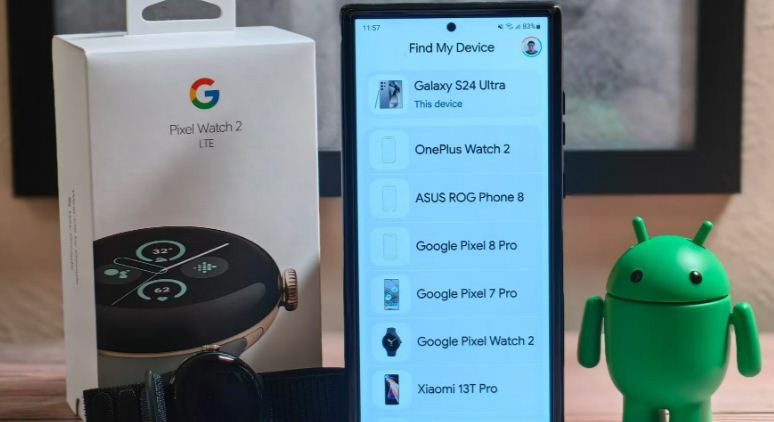In ever-evolving digital landscape, the importance of privacy and security has become paramount. With the launch of Google’s Find My Device network, a new era of location tracking has emerged, prioritizing stringent privacy measures that empower users to have control over their data. This innovative system, set to roll out today, promises encrypted location data and restrictions on tracking in private locations like homes. Google launches its find my device network for benefit of users.
At the core of this network is the user empowerment aspect, where Android users are given the agency to manage their level of contribution to the network. Users can select from three options: aggregated location reporting, non-aggregated reporting, or complete shutdown of the tracking feature. This level of customization ensures that individuals can tailor the service according to their comfort levels and privacy preferences.
One of the standout features of the Find My Device network is its ability to locate phones even when offline, thanks to the collaborative efforts of other nearby devices. This collaborative tracking is made possible by specialized hardware, such as the Pixel 8, which enables tracking capabilities even when a device is powered off. This seamless integration of hardware and software showcases Google’s commitment to providing a comprehensive tracking solution that is both effective and privacy-centric.
Google’s meticulous approach to developing the Find My Device network reflects its dedication to upholding high privacy and security standards. Extensive research was conducted to ensure that the system functions flawlessly, without the need for subsequent updates to address underlying vulnerabilities. This thorough preparation underscores Google’s commitment to delivering a reliable and secure tracking service that users can trust.
The operational mechanism of the Find My Device network draws parallels to Apple’s tracking system, utilizing Bluetooth signals from compatible devices within the network to triangulate the location of a lost device. This reliance on nearby devices to assist in locating a lost item mirrors a community-driven approach to tracking, where collaboration among users enhances the overall effectiveness of the network. For instance, if a user misplaces their keys with a compatible Bluetooth tracker attached, nearby Android phones within the network can help pinpoint the approximate location of the lost item, illustrating the interconnected nature of the system.

